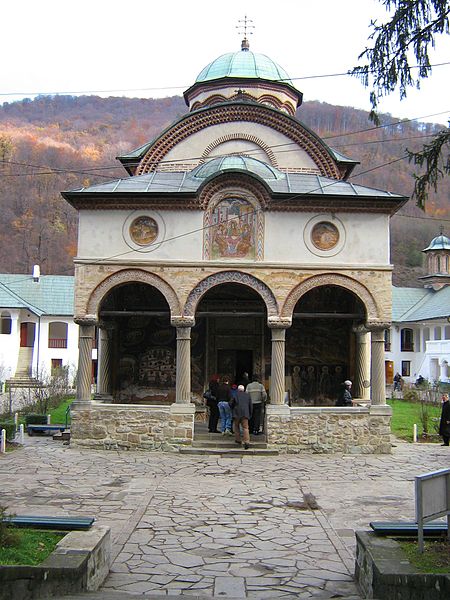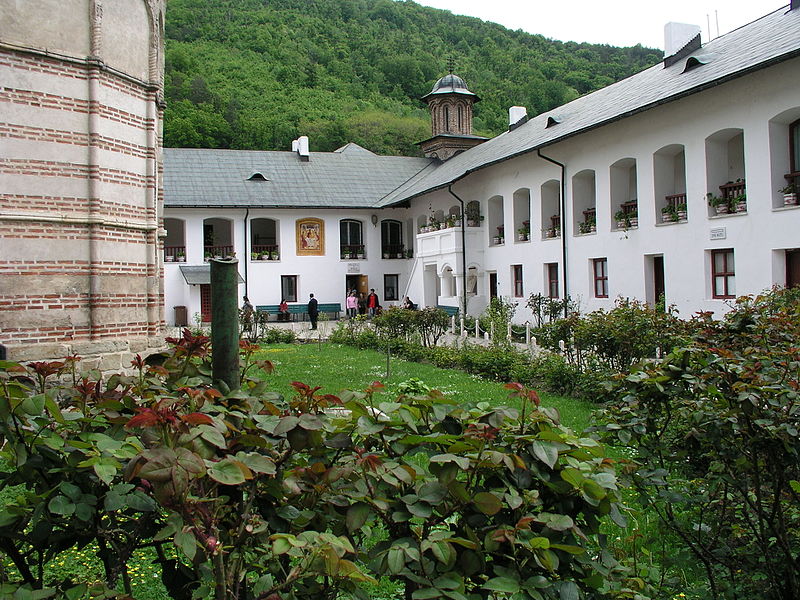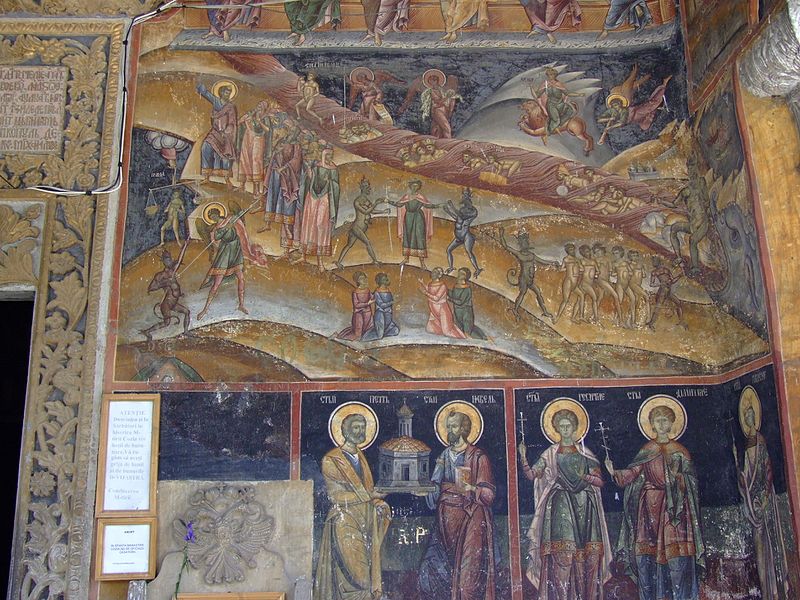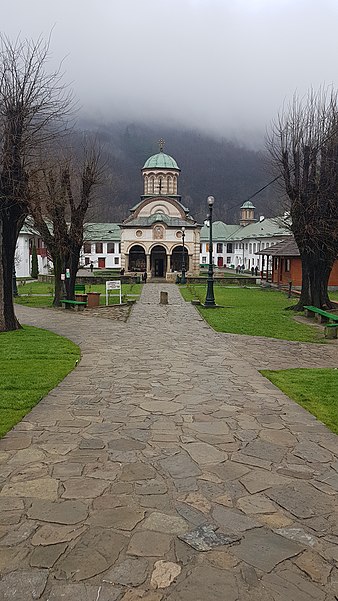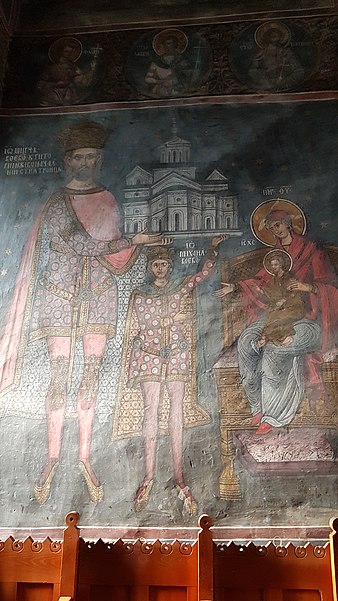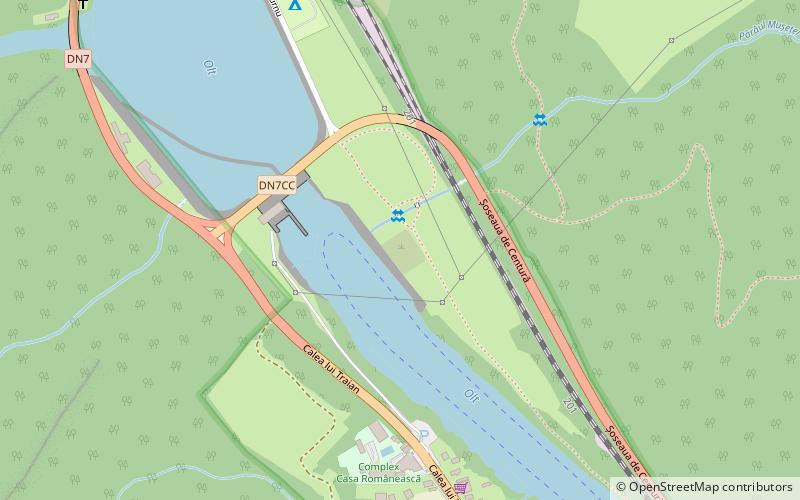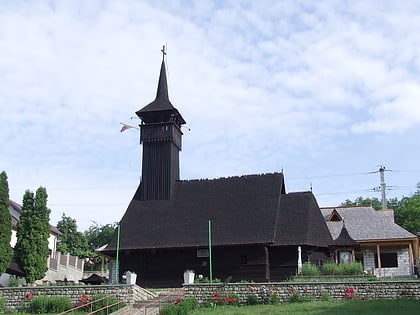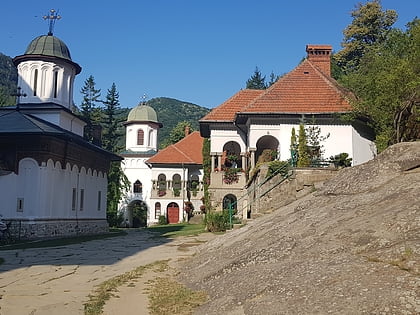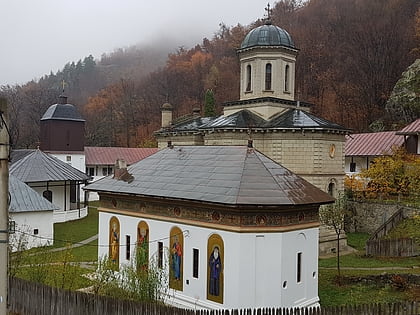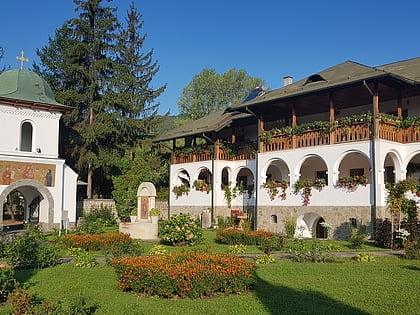Cozia Monastery, Călimănești
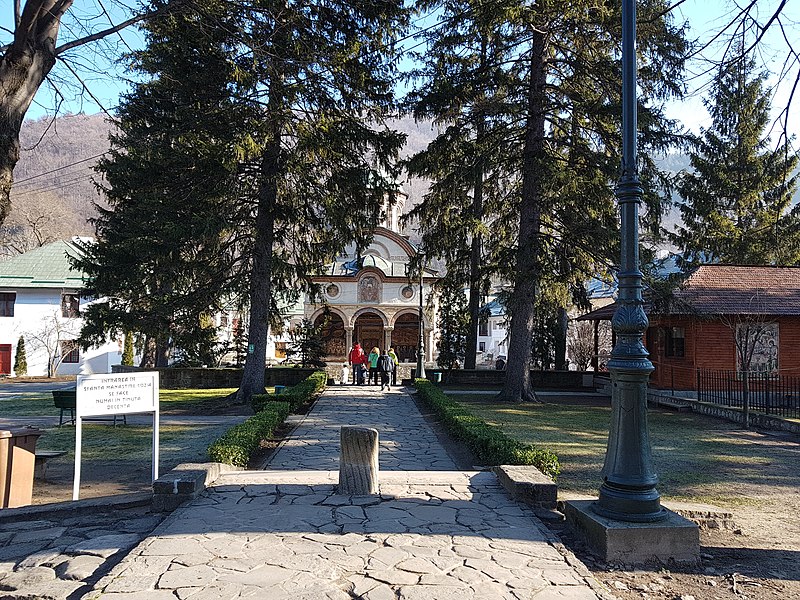
Facts and practical information
Nestled among the picturesque landscapes of the Olt River valley, Cozia Monastery stands as a testament to Romania's rich religious and cultural heritage. Located in Căciulata, a district of Călimănești in Vâlcea County, this historical monument is a cherished destination for those seeking spiritual solace and a glimpse into the country's medieval past.
Founded by Mircea the Elder, the grandfather of the infamous Vlad the Impaler, in 1388, Cozia Monastery is an exemplar of Romanian Orthodox architecture. It is particularly renowned for its well-preserved frescoes and intricate stone carvings that adorn the exterior facades. The monastery's church is dedicated to the Holy Trinity and stands as a dominant feature of the complex with its robust and elegant outlines.
Visitors to Cozia Monastery are often struck by the peaceful atmosphere and the beauty of the surrounding natural environment. The monastery's location on the banks of the Olt River provides a serene backdrop, perfect for contemplation and relaxation. The complex also hosts a museum where tourists can delve into the history of the site and view a collection of religious artifacts, old manuscripts, and icons that provide insight into the spiritual life of the region.
The monastery is not only an important religious site but also a national cultural landmark. It has survived through centuries, withstanding various historical events including invasions and wars, which is a testament to its importance and resilience. Today, Cozia Monastery is part of the Romanian national heritage and is protected by law.
Cozia Monastery – popular in the area (distance from the attraction)
Nearby attractions include: Arutela, The Wooden Church of Albac, Turnu Monastery, Stănișoara Monastery.


